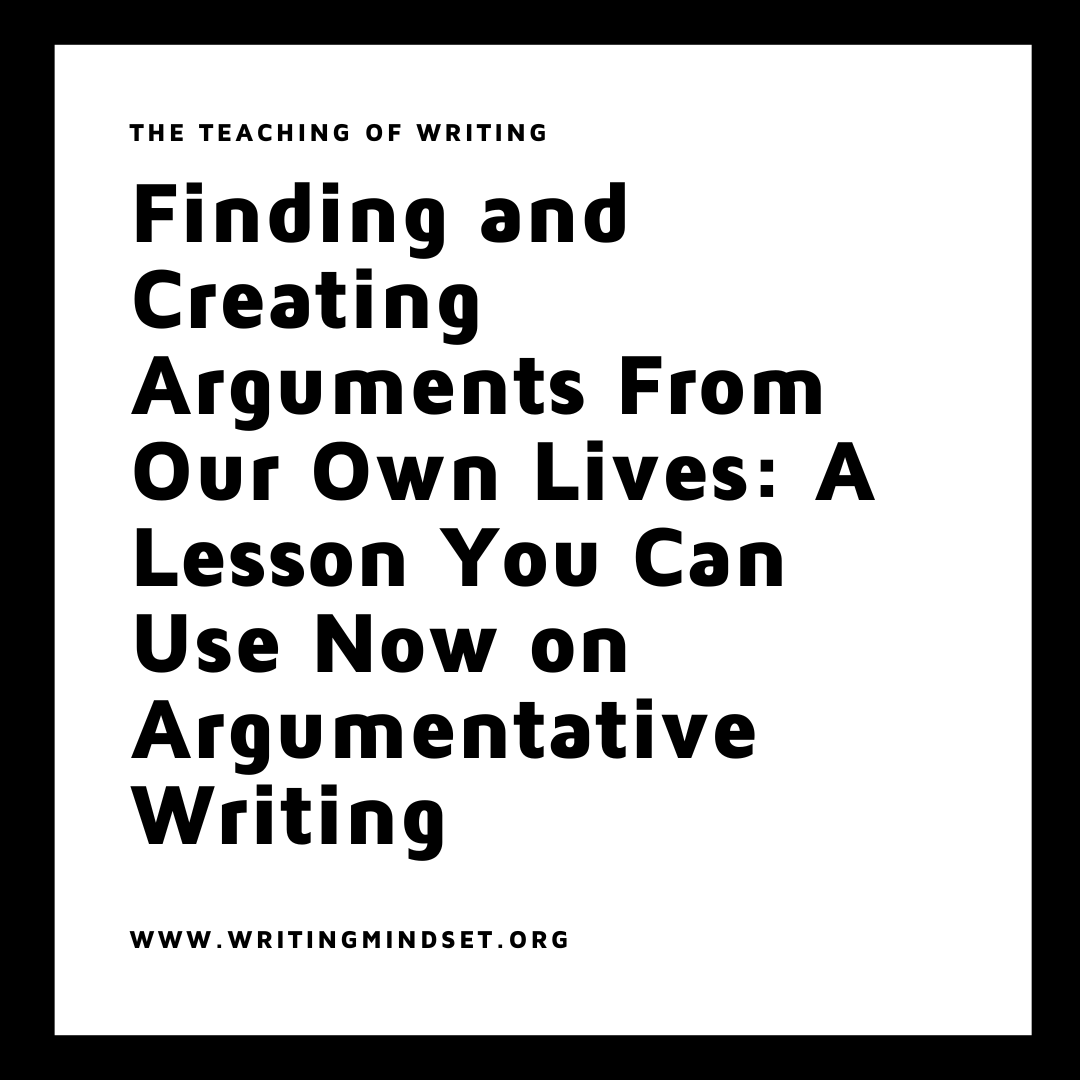I first became familiar with the pre-writing portion of this assignment during a C3WP session I attended in 2019 through the National Writing Project. C3WP stands for College, Career, and Community Writers Program. If you are unfamiliar with the National Writing Project, it is an amazing network of literacy educators that often think outside of the box when it comes to teaching reading and writing. There is also a mission entrenched in the idea of “teachers as writers,” and continuing professional development as an integral way to continue building skills as an educator. Many of the writing sessions that are geared toward both adults and children focus on the inspiration from the life of the writer as a way to access the entire writing process.
Back in 2019 when I first wrote about generative writing, I said:
The term “generative” writing has a few different meanings in the world of writing.
It can take the form of an idea brainstorming in creative writing. It is often unedited and looks like a stream-of-consciousness exercise where the writer is not concerned with conventions like grammar, spelling, or punctuation. The cool thing about generative writing is that the students are the prompts. Your job as a teacher is transformative when you help facilitate the writer to discover their own writing process-including idea generation. Generative in the sense of this post means the ideas are generated from the writer’s life and then transposed into a variety of genres. This post will walk you through how to do this with argumentative writing, and then apply it to a writing workshop.
Read More


















